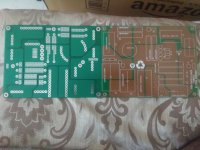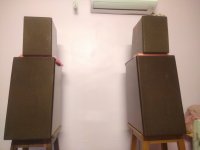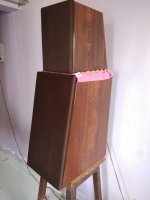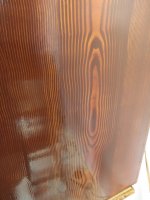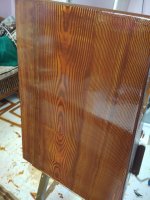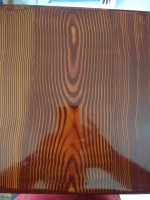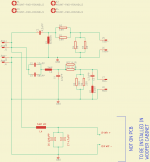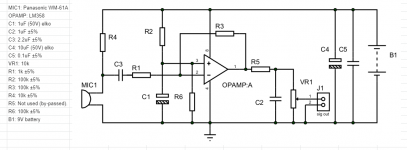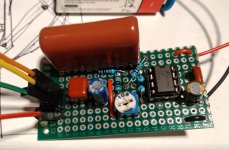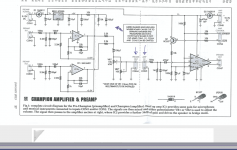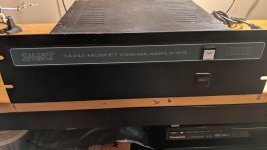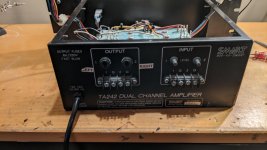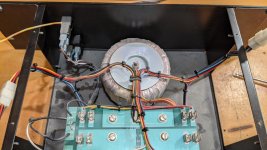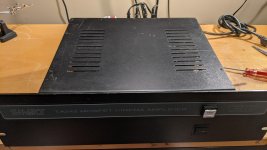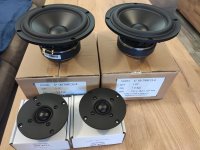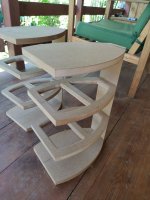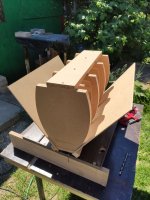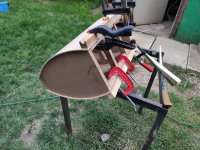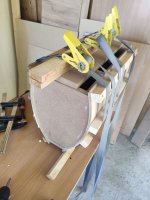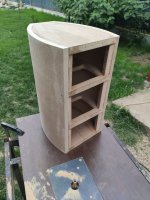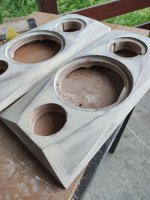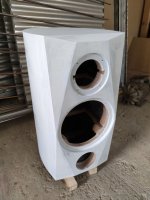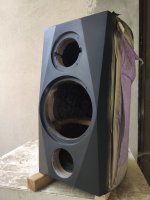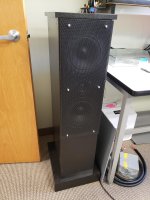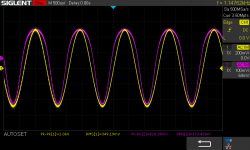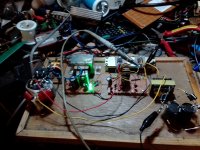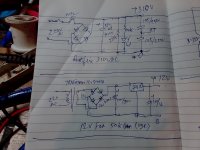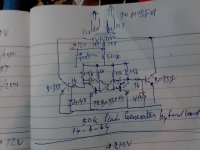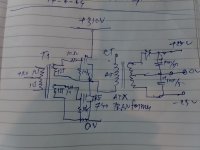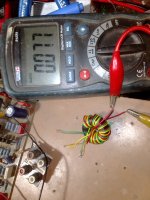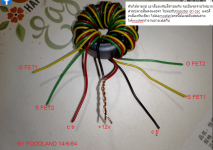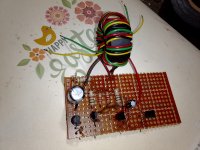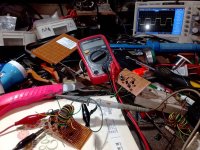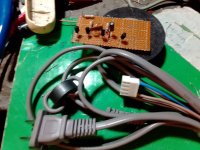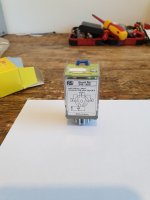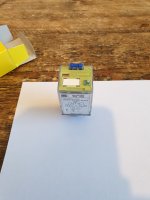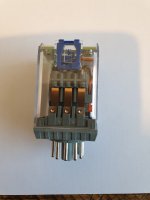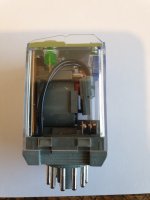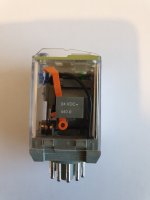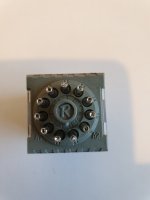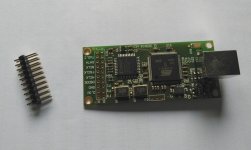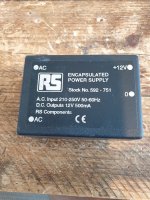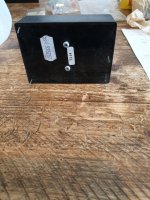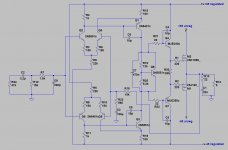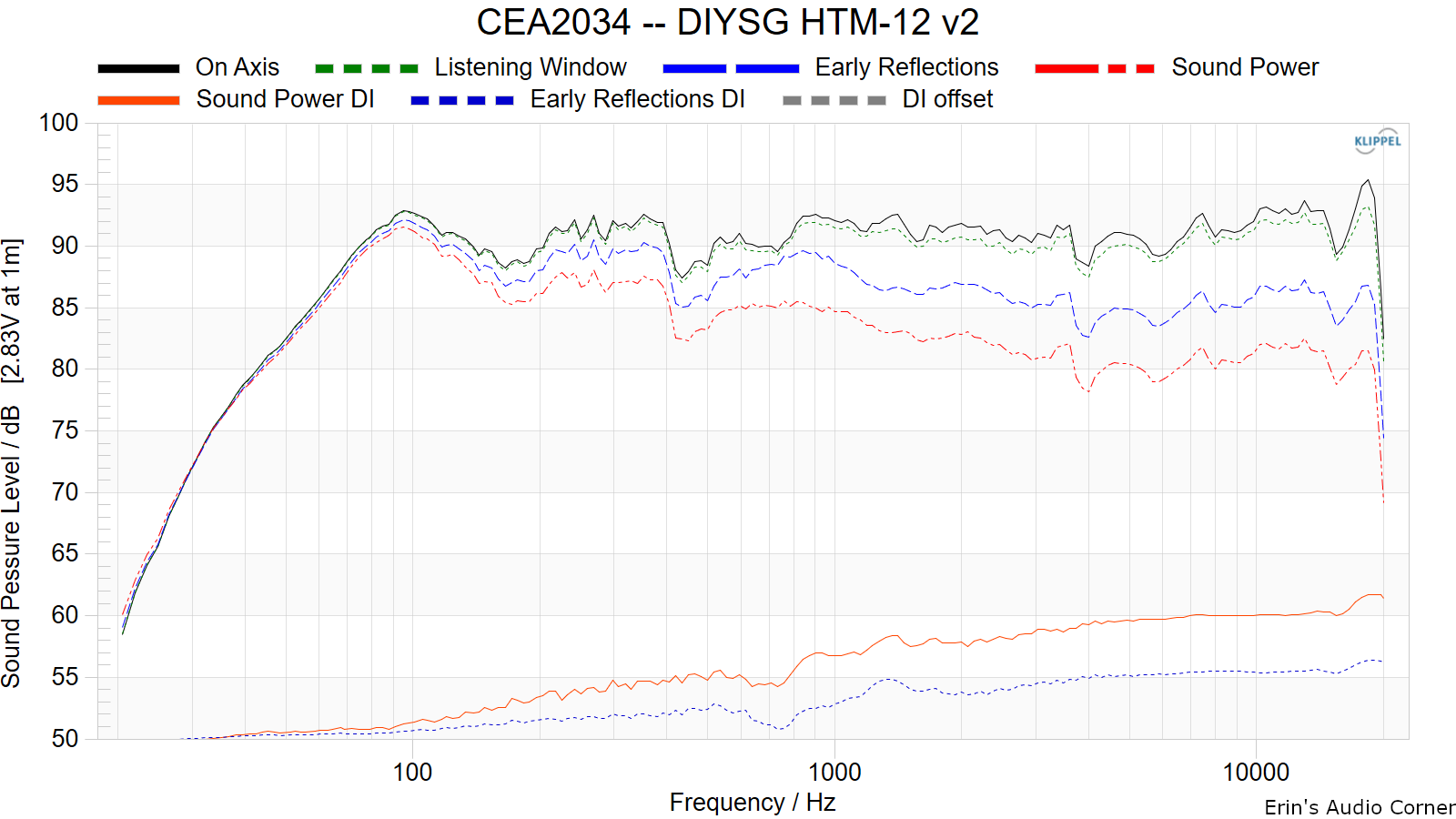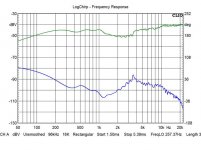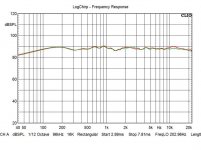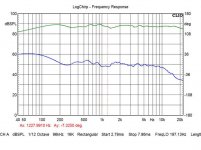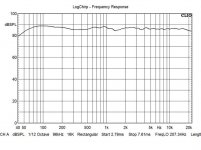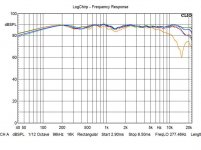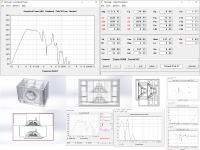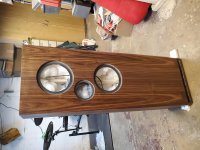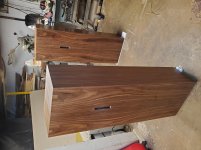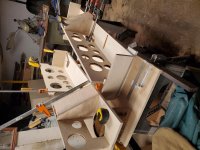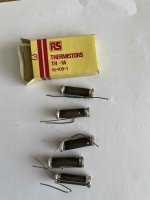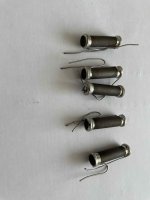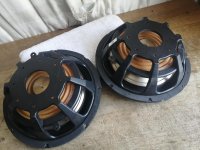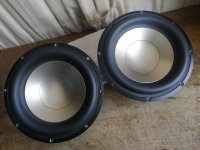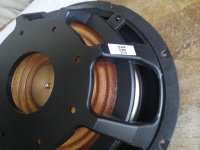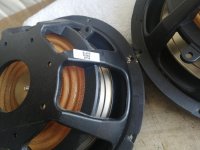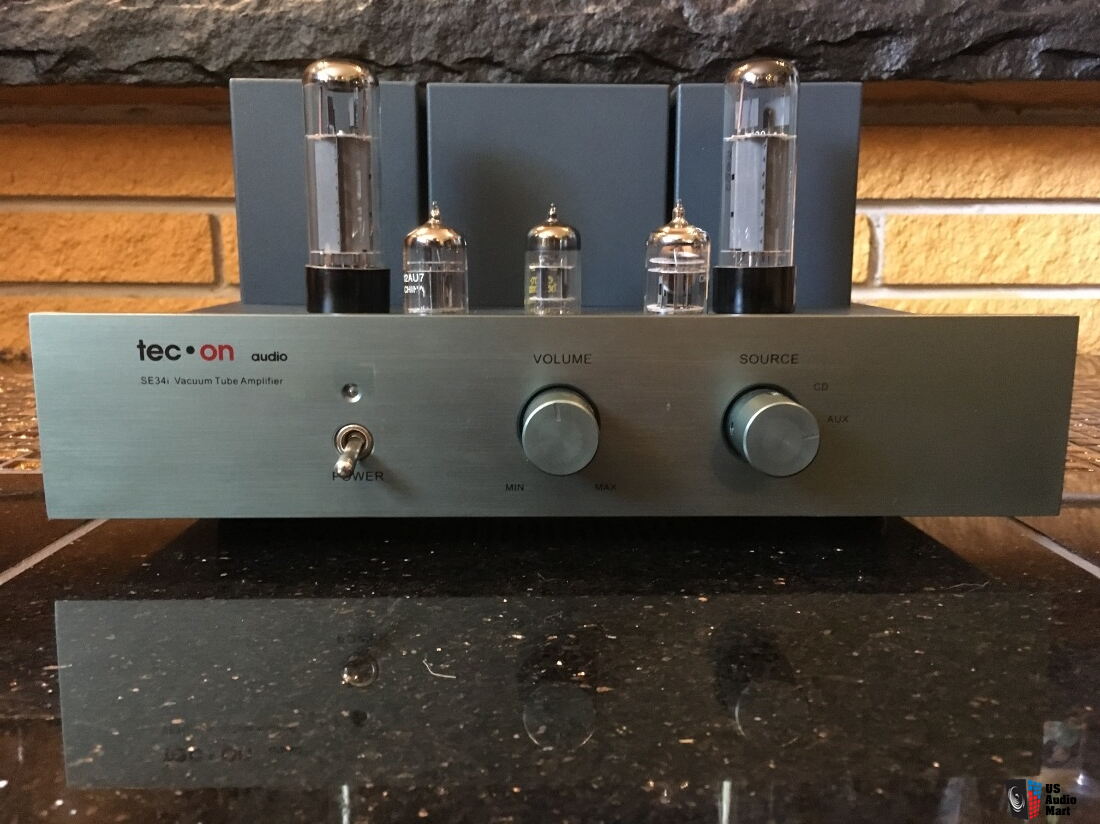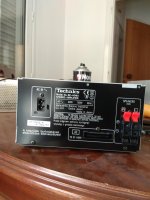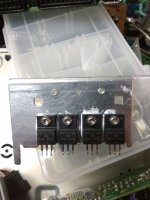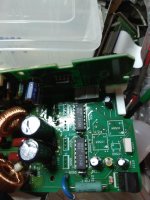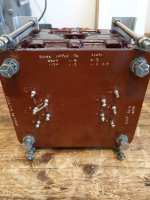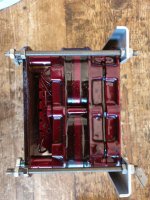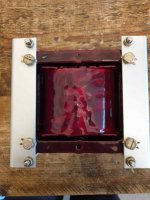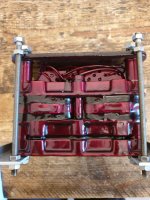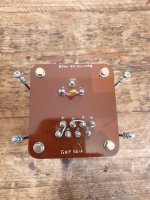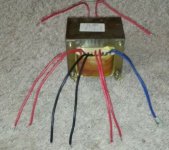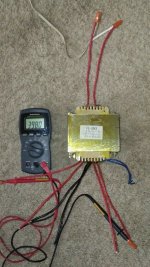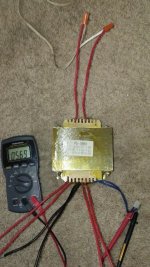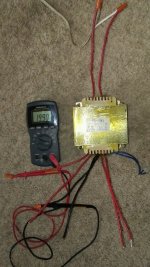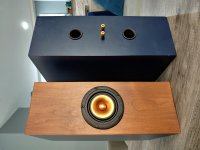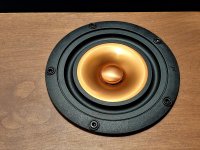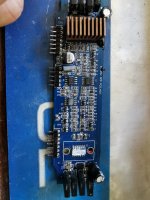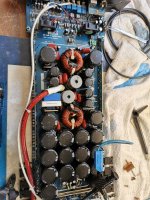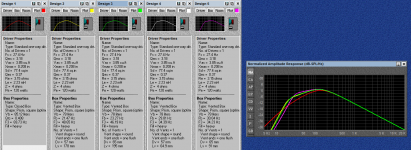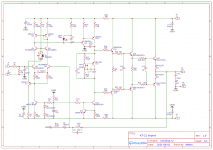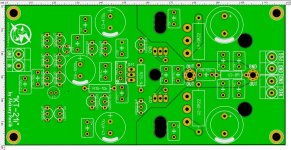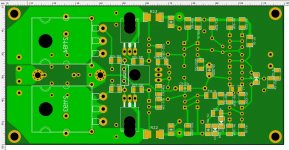It's been many years since I have spent time on this forum. (And BTW am absolutely delighted that things are not that different--the passion and creativity is what I love--even when it boils over into a 10 page argument).
I'm in need of some help--since I was last here (maybe 2013) I have built some pretty decent sounding systems using a DEQX for xo's and correction. Well she's getting pretty long in tooth and is showing her age--mic input is dead, input jack receiver severed from board, etc. Hey nearly 20 years of service and likely tens of thousands of dollars spent on commercial systems and who knows what foo-fah in the pursuit of .... I've been a happy camper and I knew the say would come when I finally just had to suck it up, and move on. But oh my have things changed. I am just blown away by all the technology available--both in a good way, and in a whoa, I am overwhelmed as to where to even start. So I'm starting here.
My budget is in the 1000 to 1500. range--this would be for software, hardware, and a dedicated PC if needed. No qualms about buying used--the DEQX was--slightly (likely the buyer opened the manual and said bloody, no, off to Australia back you go). Thanks to the DEQX and the experience of putting together a few systems, and that I recall enough digital processing to understand what convolution is and what a bloody marvel it is, I can look through the kindle guide (M. Barnett) to Acourate, and recognize the general process of getting it do what you want.
And I am entirely willing to go down that road--I suspect never having owned an external sound card is gonna cause great pain in the beginning, so the idea of picking up a 10 year old legacy pro sound rig to save a few bucks is out of the question. Gotta have support. I'm 65 and have a finite amount of patience, and nowhere near the concentration and aptitude I once had needed to get tangled up in some jungle of technical mayhem.
So that's one option. I noticed, though, the author jumped ship after a while because of an awkward interface and lack of automation--I can totally get that (see above) and DEQX was a luxury in that regard. You could do quite a bit while never really had to get your hands dirty with all the under the hood work. So In the process, I become aware of Audiolense--looks like almost the same feature set without much of the hassle. 500 for a software suite, a solid 4/10 board (thinking another 500 or so), and I have money left over for some Dayton ice amps and get a JRiver subscription.
And that's another eye opener for a guy accustomed to a diet of Spotify and Netflix. An honestly I am still not sure what it's good for unless you have a large collection of media. Whatever else they can do is something I need to read up on.
And then today, I learn of Re-Phase, also open source that appears as powerful. Haven't read any comments plus or minus on the ease of use.
And then lastly, miniDSP seems to have grown up, and has some offerings worth considering--if
Careers | The Mind Research Network (MRN) understand, the DDRC-88 is sort of a poor man's DEQX--can optimize a 4way set of drivers, crossovers, and does room tuning separately. Speaking of that, they use Dirac! I can't seem to find much about the relative strengths of the different approaches to room tuning, nor beyond ironing out the lumps in bass response, not something I've used much. A good listening area is pretty much numero uno on the priorities list when I look for a place.
So that' s the state of my ignorance--there is so much I don't know, I'm not sure even how to articulate the questions clearly. But time I do have, and if folks can point me to some useful sources, I will be all over it.
I
